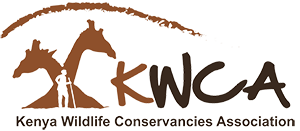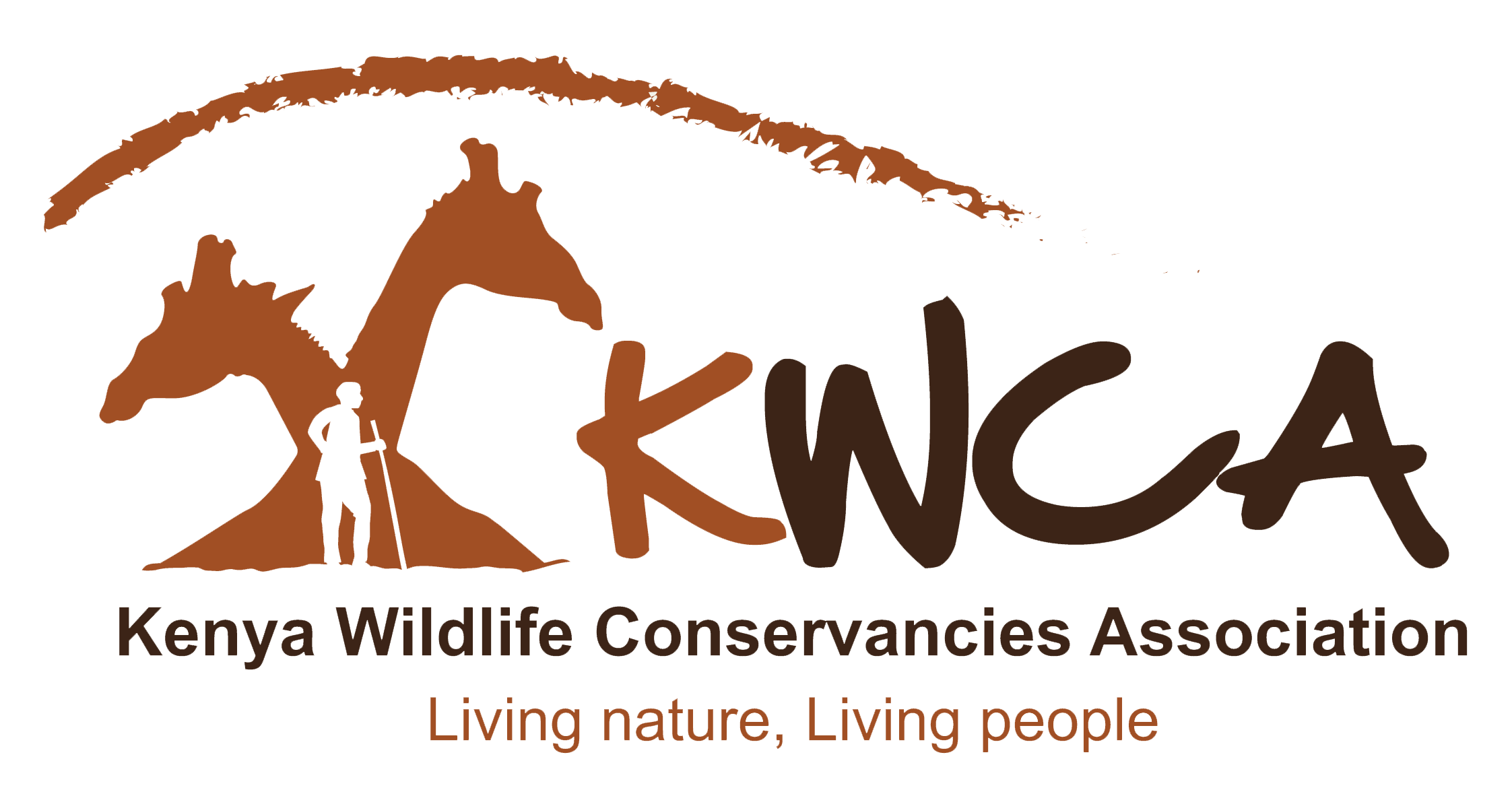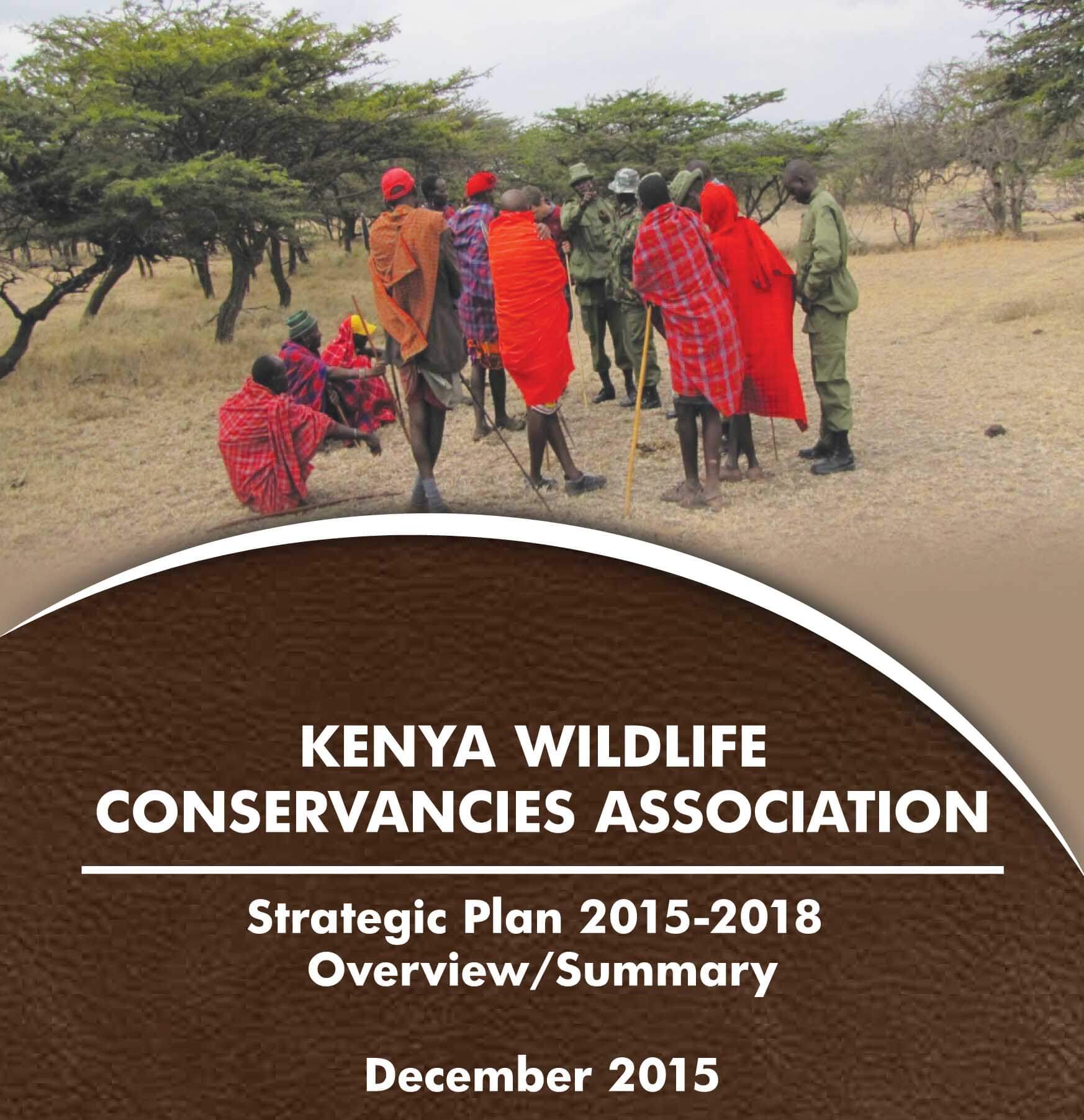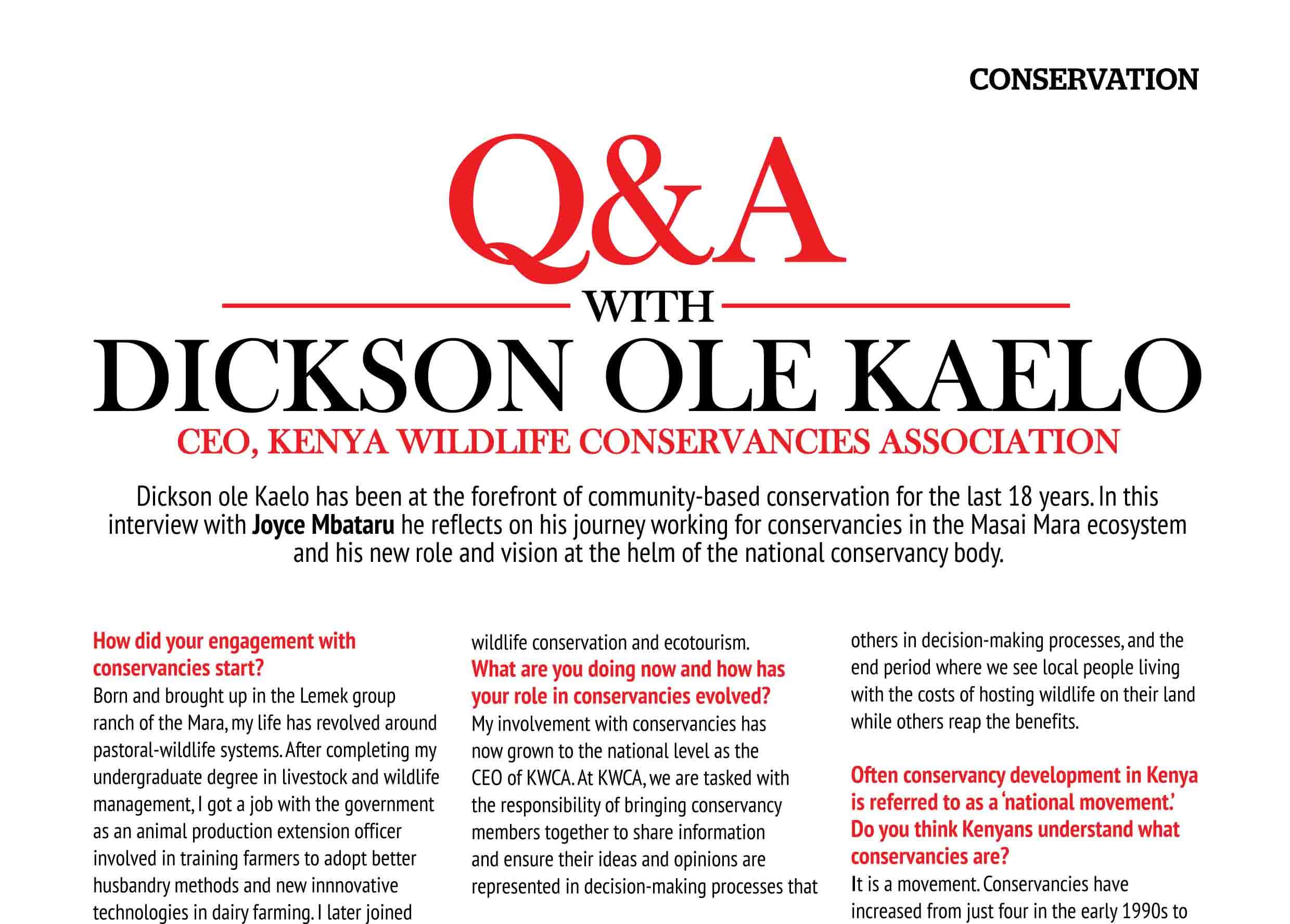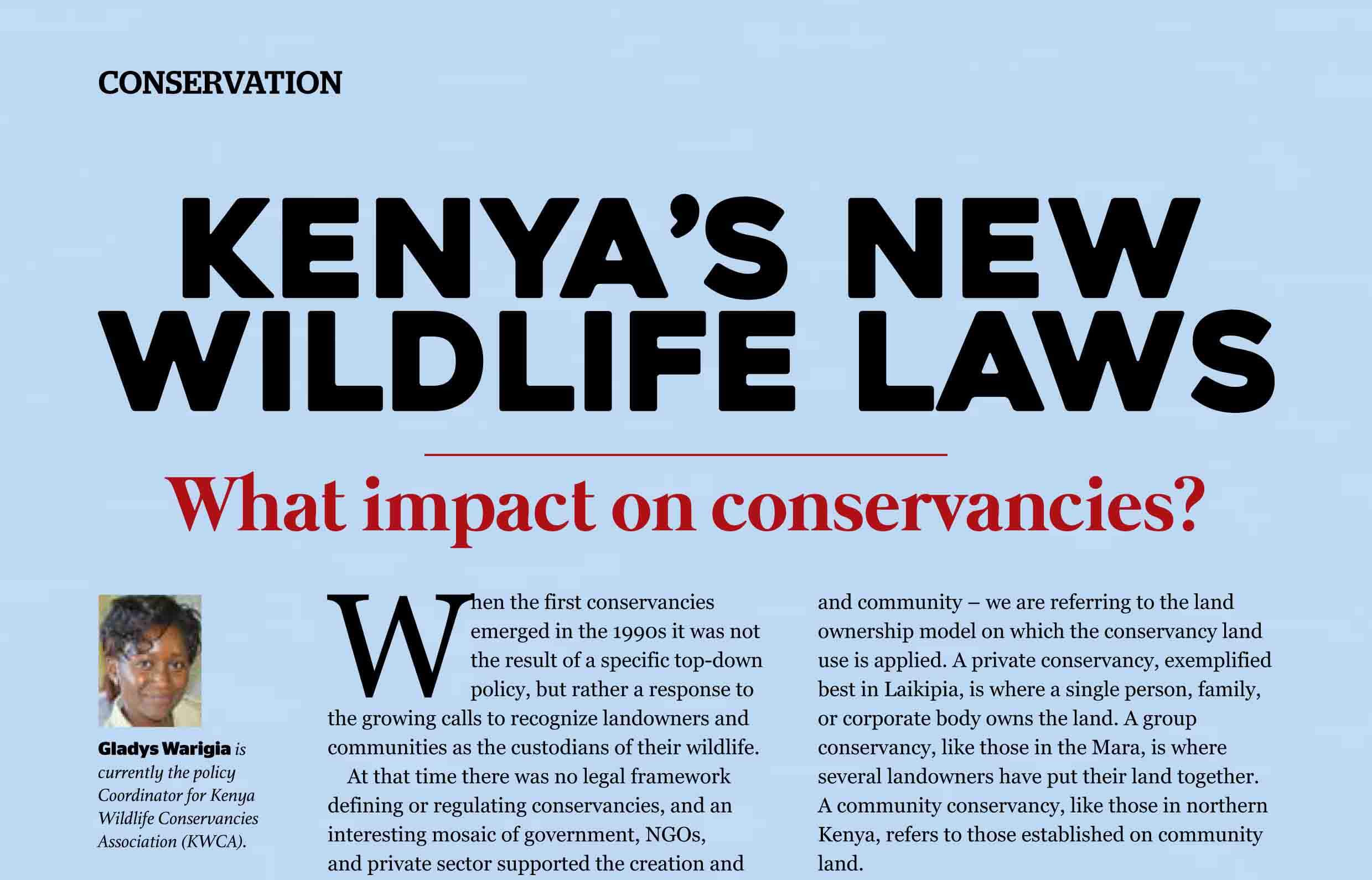KWCA Gender Strategy
KWCA’s commitment to gender integration is designed in an incremental and phased manner cognisant of the cultural, conservation and biodiversity dynamics. As such it is outlined work towards institutionalising gender mainstreaming in all KWCA’s organisational arrangement, governance and operational processes. This gender strategy articulates and institutionalises gender mainstreaming within KWCA its Regional Associations and conservancy […]
Factsheet- Recent Amendments to the Wildlife Act 2013
The Statute Law (Miscellaneous Amendments) Act No. 18 of 2018, passed on 31st December 2018 and effective 4th January 2019 substantially amends the Wildlife Conservation and Management Act 2013, focusing on; Institutional structures & functions changes; New offences and penalties on wildlife crimes
National Wildlife Strategy 2030
The National Wildlife Strategy 2030 is a roadmap for transforming wildlife conservation in Kenya. It is aligned to Kenya’s Vision 2030 and the Government’s Big Four Agenda. It identifies a clear set of five (5) year priority goals and strategies around four key pillars: Resilient Ecosystems; Engagement by all Kenyans, Evidence Based Decision Making and Sustainability […]
Conservancy Leaders Conference Report 2018
The 3rd Annual Conservancy Leaders Conference was held on 27th February 2018 and brought together over 100 conservancy leaders drawn from 28 counties to share experiences and lessons from the growing conservancy network and discuss opportunities and challenges regarding the growth of conservancies in Kenya. This report summarises the proceedings of the conference with speeches by […]
Report on Wildlife Corridors and Dispersal Areas
This report provides a comprehensive synthesis of the wildlife dispersal areas and migratory corridors in Kenya’s rangeland and coastal terrestrial ecosystems. It explicitly identifies and maps wildlife habitat connectivity and associated conservation issues and concerns. It also suggests salient recommendations on strategies for securing the dispersal areas and migratory corridors within the specific context of […]
Wildlife Corridors and Dispersal Areas Report Summary and Fact Sheet
Kenya’s wildlife is the envy of the world and a key economic asset for the country and the region. Wildlife is an important driver of economic development and provides irreplaceable cultural and social value to the people of Kenya. For example, the highest returns from wildlife based tourism and photography was in 2011 and it […]
State of Conservancies Summary Report
This summary shares key highlights about Kenya’s wildlife conservancies today. It is based on the 2016 status report, which was prepared by Kenya Wildlife Conservancies Association (KWCA) as part of the implementation of the USAID-Kenya funded Community Conservancy Policy Support program (CCSP) implemented by The Nature Conservancy (TNC) and KWCA.
State of Wildlife Conservancies in Kenya Report
Since the emergence of the first conservancies in the 1970s, conservancies have grown in number and their institutional complexity broadened beyond wildlife conservation and tourism to include peace and security, livestock management, land and natural resources management. More recently conservancies are demonstrating impacts as a platform for securing rural community livelihoods, developing social infrastructure, promoting […]
KWCA Wildlife Conservancy Guide
Conservancies are Kenya’s response to the challenges of poaching, human-wildlife conflict, land degradation and rising poverty. They are based on the premise that given the necessary support, incentives and policy framework, communities and Land-owners can be the stewards of wildlife conservation working together with Count and National Government to protect and benefit from a healthy […]
KWCA Organizational Profile
The Kenya Wildlife Conservancies Association (KWCA) is a national membership organization that serves the interests and represents the collective desires of Kenyan communities and private landowners living with wildlife. We believe that with the right laws, incentives, support, information and experience, conservancies have the potential to transform local livelihoods and conservation eforts for Kenya. Our […]
KWCA Strategic Plan 2015-2018
Kenya Wildlife Conservancies Association (KWCA) was formed in 2013 in order to provide a national, landholder-driven organization to coordinate, represent, support, and champion the growing assortment of conservancies and to strengthen their role in conservation and economic development.
Standard Operating Procedures (SOPs) for Wildlife Scouts
This document presents Standard Operating Procedures (SOPs) for wildlife scouts (also referred to as Conservancy rangers, game scouts, or community rangers) employed in wildlife conservancies, wildlife sanctuaries, regional associations, community wildlife associations, and conservation NGOs, operating on community or private land in Kenya.
Factsheet Community Land ACT
87 wildlife conservancies in Kenya occur on community land. This accounts for 65% of conservancies in the country and cover an area of 15 million acres. With two thirds of land in the country occurring on communally held land and with majority of wildlife being on these landscapes, the opportunity for growth of conservancies is […]
Conservancy Managers Handbook
A conservancy manager doesn’t necessarily need to be a conservation expert, he or she needs to have passion, be a good listener, a lover of wildlife, and be a good community mobiliser.
Community Land Act 2016
THE COMMUNITY 528 Community Land LAND ACT, 2016 AN ACT of Parliament to give effect to Article 63 (5) of the Constitution; to provide for the recognition, protection and registration of community land rights; management and administration of community land; to provide for the role of county governments in relation to unregistered community land and […]
KWCA Flyer 2015
KWCA is a national landowner-led membership organization representing community and private conservancies in Kenya, We work with conservancy landowners and Regional Wildlife Associations to create an enabling environment for conservancies to deliver environmental and livelihood benefits.
Q and A Dickson Kaelo
Dickson ole Kaelo has been at the forefront of community-based conservation for the last 18 years. In this interview with Joyce Mbataru he reflects on his journey working for conservancies in the Masai Mara ecosystem and his new role and vision at the helm of the national conservancy body.
Wildlife Laws Impact on Conservacies
When the first conservancies emerged in the 1990s it was not the result of a specific top-down policy, but rather a response to the growing calls to recognize landowners and communities as the custodians of their wildlife. At that time there was no legal framework defining or regulating conservancies, and an interesting mosaic of government, […]
KWCA 2nd Biennual National Conservancy Managers Policy Workshop Report.
The report comprehensively covers the plenary sessions with speeches by the guest and key note speakers; the working group sessions; question and answer sessions and brief introductory remarks by some KWCA Board members. Additionally, it presents annexes that include the workshop programmes for the two days of the conference and a list of participants who […]
Why Conservancies Matter
But conservancies have been more than just space for wildlife. They contribute to Kenya’s Vision 2030 objective of diversifying tourism and tripling the number of visitors. Some 142 iconic high end camps have added 2,397 beds to Kenya’s tourism portfolio, and the majority of these camps are winning international awards and leading on Trip Advisor […]
Kenya National Forest Programme 2016-2030
The economic development of any country centre’s around its environment, natural resources and the choice of appropriate conservation and management strategies. Forest development in Kenya is dependent on the rich natural resource base especially with regard to tourism development, energy production, food security, timber production, and provision of a host of non-timber forest products that […]
Wildlife Act of Kenya (WCMA 2013)
The Wildlife Conservation and Management Act (2013) complements and amplifies other natural resource management legislations that include The Water Act (Cap 372), The Forest Act (Cap 385), The Environmental Management and Conservation Act EMCA (387), The Wetland Regulations of 2009, The Mining Act (Cap 306), The Tourism Act (Cap 383), The Firearms Act (Cap 114) […]
